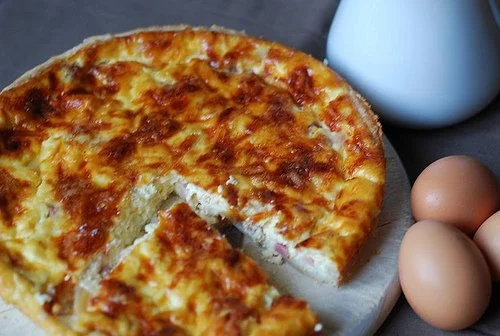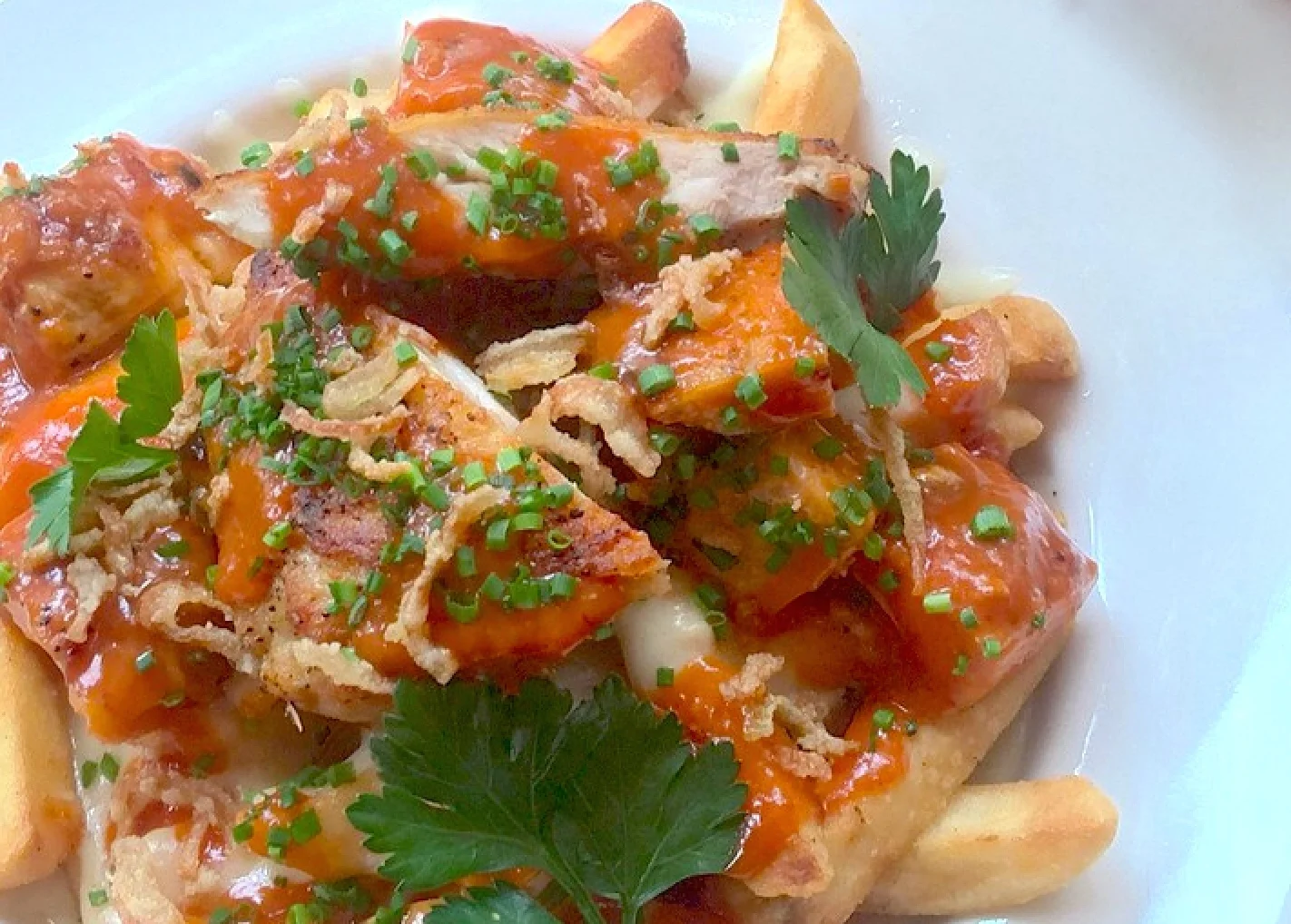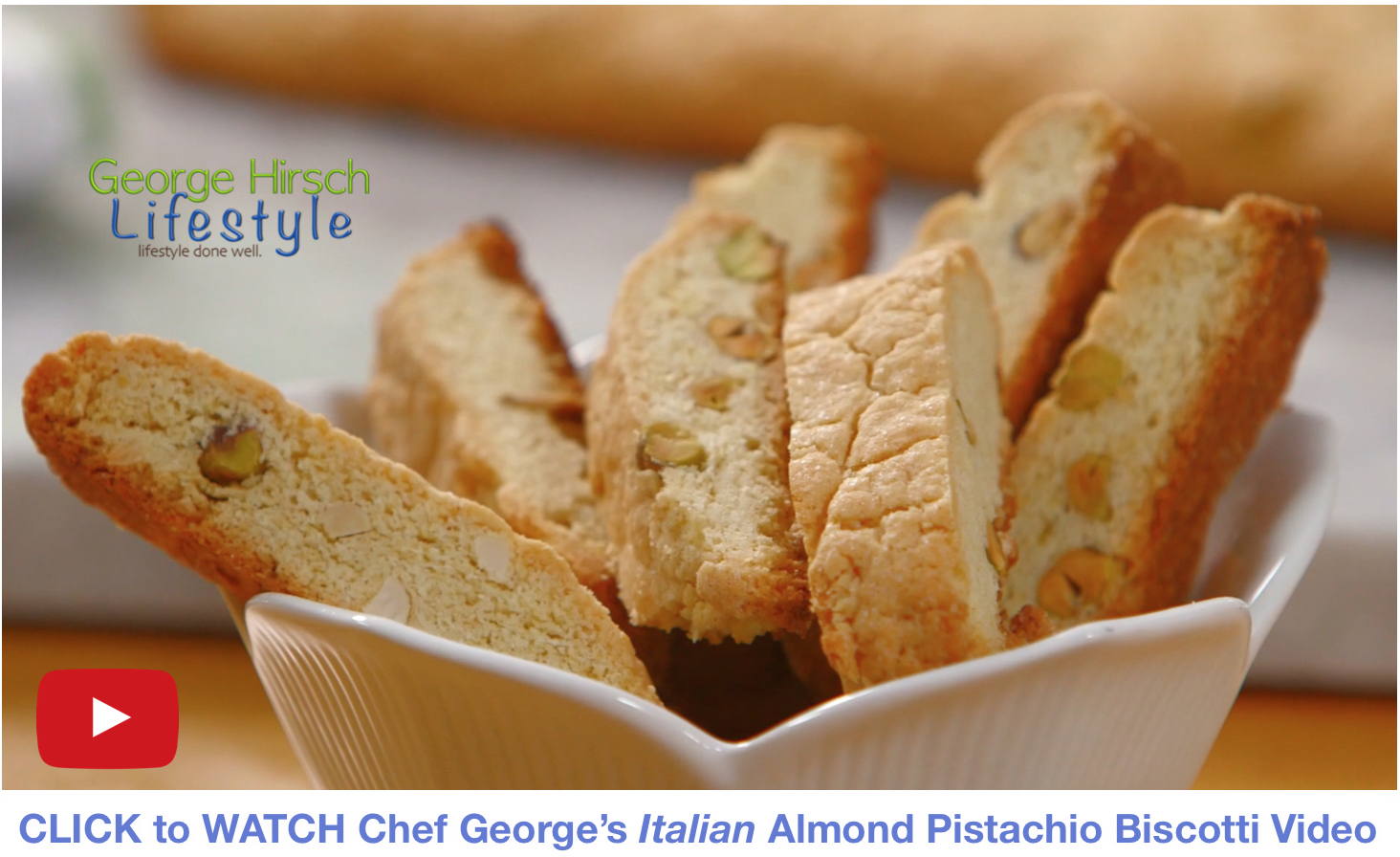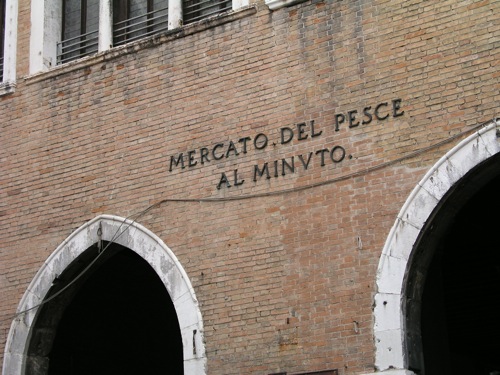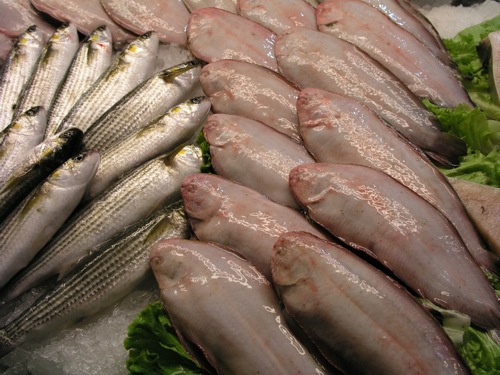Cooking bread and cheese is an ancient food prepared by many cultures; the U.S. version of the grilled cheese sandwich originated in the 1920s when inexpensive bread and cheese became available. A vintage staple easily prepared and enjoyed today in most households.
Grilled Cheese Sandwhich, aka A Classic Good Time Sandwich
Is it really really grilled? No, more like griddled. Although I've grilled this toastie before, for todays purpose this sandwich sizzles on the griddle playing a staring roll, a vintage classic.
The recipe is simple, fresh farm house white pullman bread, sliced and brushed with melted butter, sharp farm house cheddar, and cured French ham all toasted on the griddle until the cheese begins to melt. The result ia a cheesy goodness that can be enjoyed any time of day. Today, mini grilled cheese toasties are even being served during cocktail parties as hors d'oeuvres.
The benefit of this recipe is there is no one right or wrong way. Change up the bread, the fillings, or expose your fillings as on open face sandwich and toast it up!
TIP: Butter the bread on the outside when assembling the sandwich before placing on griddle or sauté pan for toastie crisp goodness.


